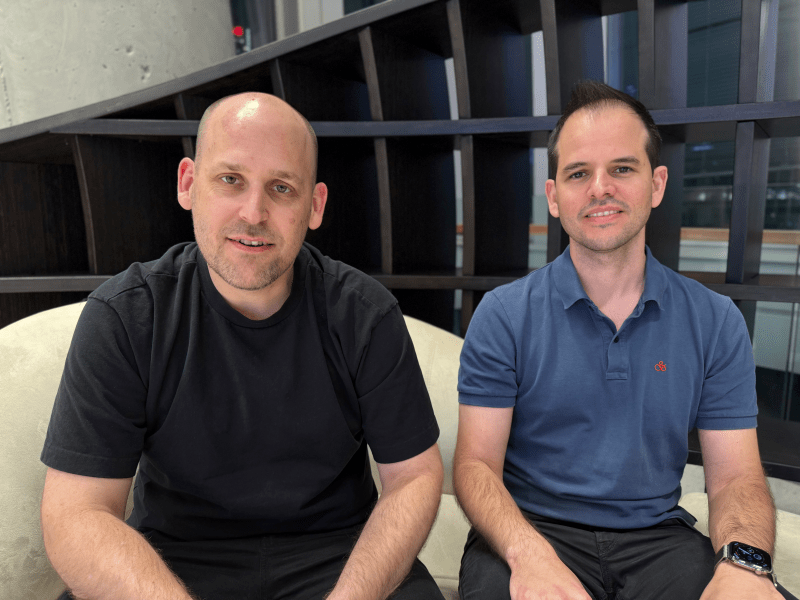Join our daily and weekly newsletters for the latest updates and exclusive content on industry-leading AI coverage. Learn More
Israeli startup xpander.ai has introduced the Agent Graph System (AGS), which it says is a major new approach to building more reliable and efficient multi-step AI agents based on underlying AI models such as OpenAI’s GPT-4o series.
The goal is to redefine how AI agents interact with APIs and other tools, making advanced automation tasks more accessible to organizations across industries.
Solving the challenges of multi-step AI agents
Function calling, the backbone of most AI agent workflows, enables models to interact with external systems to perform tasks such as fetching real-time data or executing actions.
However, these interactions often falter when faced with complex API schemas or unpredictable responses, leading to inefficiencies and errors.
xpander.ai’s Agent Graph System introduces a structured solution to these challenges by using a graph-based workflow that guides agents through appropriate API calls step by step.
Instead of presenting all available tools at every stage, AGS intelligently restricts options to only those that align with the current context of the task, significantly reducing out-of-sequence or conflicting function calls.
Ran Sheinberg, co-founder and chief product officer at xpander.ai, explained in an interview with VentureBeat: “With AGS, we ensure the agent only uses the relevant tools at each step and follows the correct schema, enforcing precision and efficiency.”
Sheinberg previously worked at several other startups and as a principal solutions architecture leader at Amazon Web Services (AWS), leading large-scale compute projects with enterprise customers.
Democratizing AI agent development
xpander.ai aims to make agentic AI development accessible to a broader audience. “We aimed to create an accessible platform that allows anyone to build AI agents, experiment with the technology, and start automating repetitive tasks to focus on what truly matters,” said David Twizer, co-founder and CEO of xpander.ai, in the same interview.
The company also offers AI-ready connectors that integrate easily with NVIDIA NIM (Nvidia Inference Microservices) and other systems. These connectors enrich API tools with detailed documentation, operational IDs, and schemas, reducing the technical burden on developers while enhancing runtime accuracy.
“Once the setup is complete, you can connect it to any AI system that supports function calling,” Twizer said. “It was crucial for us to design technology that meets customers where they are and offers flexibility to upgrade models over time.”
Twizer also previously worked at AWS as a principal solutions architect and leader of the go-to-market generative AI sales architecture.
Key Benefits and Real-World Impact
In benchmarking tests, xpander.ai demonstrated that AGS, paired with its Agentic Interfaces, enabled AI agents to achieve a 98% success rate in multi-step tasks, compared to just 24% for agents using traditional methods.
These agents completed workflows 38% faster and with 31.5% fewer tokens, underscoring AGS’s ability to reduce costs and improve performance.
One real-world example of AGS in action involved a benchmarking task where an AI agent had to research companies across platforms like LinkedIn and Crunchbase, then organize the results in Notion. AGS streamlined the process, ensuring tools were used in the correct sequence and schemas were consistently followed.
“We provide a complete AI agent that can create an interface to any system,” Twizer added. “The data interface, for the first time, is native to AI, addressing a major pain point the world is struggling with.”
AGS’s role in agentic AI
xpander.ai positions AGS as a vital step in the evolution of agentic AI, enabling tools like Nvidia NIM microservices to integrate more seamlessly with enterprise systems.
“AI agents will need to use APIs for synchronous use cases involving complex data structures, where traditional UIs just aren’t enough,” Sheinberg noted.
Through AGS, xpander.ai transforms how AI agents handle error management and context continuity. By embedding fallback options directly within its graph structures, AGS allows agents to retry failed operations or pivot to alternative workflows without human intervention, preserving task stability.
This level of reliability ensures that AGS-equipped agents are not just reactive but adaptive, capable of tackling even the most unpredictable workflows.
Building the future of AI workflows
xpander.ai’s introduction of AGS, coupled with its Agentic Interfaces, represents a significant leap forward for multi-step AI agents.
By enabling structured, adaptive workflows and streamlining complex API interactions, AGS sets a new standard for reliability and efficiency in automation.
As the company continues to grow, its tools promise to empower businesses to harness the full potential of AI-driven workflows.
Source link

